Home>Gardening & Outdoor>Landscaping Ideas>What Does Grass Hay Look Like
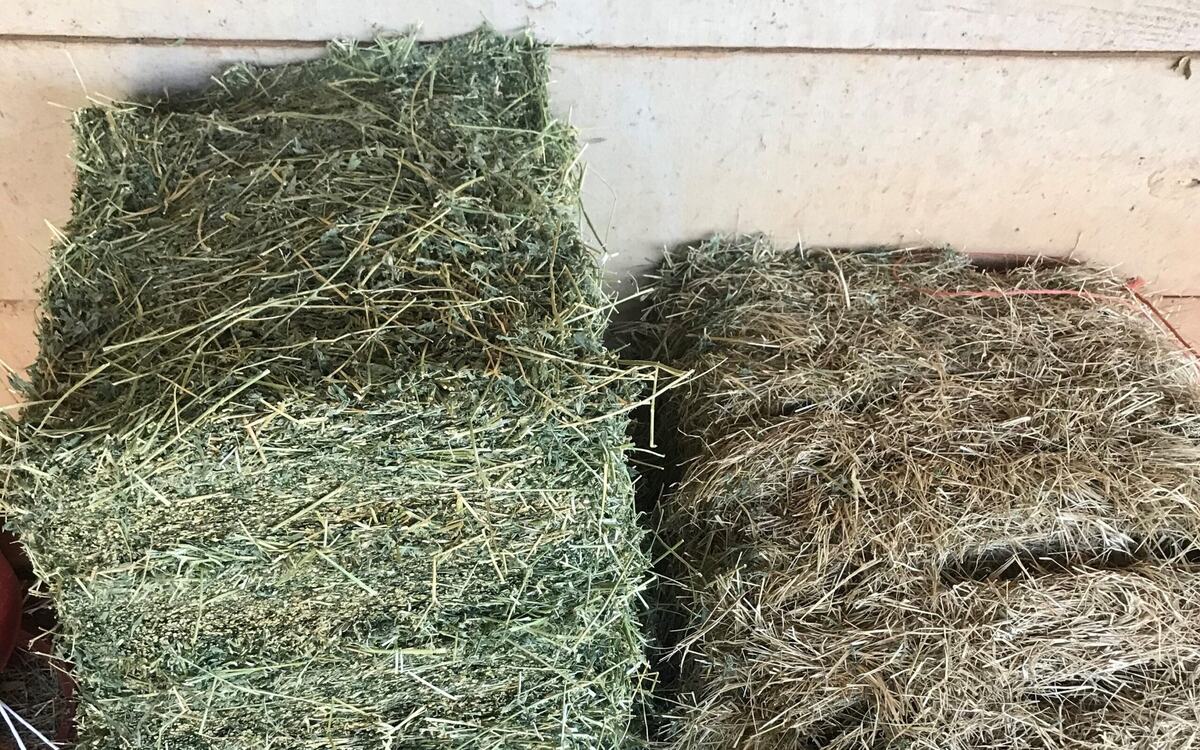

Landscaping Ideas
What Does Grass Hay Look Like
Modified: March 26, 2024
Discover what grass hay looks like and get landscaping ideas to enhance your outdoor space. Explore creative ways to incorporate grass hay into your landscaping design.
(Many of the links in this article redirect to a specific reviewed product. Your purchase of these products through affiliate links helps to generate commission for Storables.com, at no extra cost. Learn more)
Characteristics of Grass Hay
Grass hay is a staple forage option for many livestock animals, providing essential nutrients and fiber for their diets. Understanding the characteristics of grass hay is crucial for farmers and animal owners to ensure the health and well-being of their animals. Here are the key characteristics of grass hay:
-
Grass Species: Grass hay is derived from a variety of grass species, including timothy, brome, orchardgrass, fescue, and ryegrass. Each species offers distinct nutritional profiles and palatability, influencing the suitability of the hay for different animals.
-
Color and Texture: Grass hay typically exhibits a green to light brown color, reflecting its stage of maturity at the time of harvest. The texture can range from fine and soft to coarse and sturdy, depending on the specific grass species and growing conditions.
-
Aroma: High-quality grass hay emits a pleasant, fresh grassy aroma, indicating its nutritional richness and appeal to animals. The aroma can vary based on the grass species and the curing process employed during hay production.
-
Leafiness: The presence of abundant leaves in grass hay is a desirable trait, as leaves contain higher levels of protein and essential nutrients compared to stems. Leafy grass hay is often preferred for its superior nutritional value.
-
Maturity and Nutrient Content: The stage of grass maturity at the time of harvesting significantly impacts the nutrient content of the hay. Early-cut grass hay tends to be more nutrient-dense and digestible, while late-cut hay may contain higher fiber levels but lower overall nutritional value.
-
Weed and Foreign Matter Content: High-quality grass hay should be relatively free from weeds, mold, dust, and other foreign matter that could compromise its safety and nutritional integrity. Clean, well-preserved grass hay is essential for animal health and digestive well-being.
Understanding these characteristics enables farmers and animal owners to make informed decisions when selecting and utilizing grass hay for their livestock. By considering the specific needs of their animals and the nutritional profiles of different grass species, they can optimize their feeding programs and promote the overall health and productivity of their livestock.
In the next section, we will delve into the various types of grasses commonly used for hay production, shedding light on their unique attributes and suitability for different animal species.
Key Takeaways:
- Grass hay comes in various colors and textures, with a fresh, grassy aroma indicating high quality. Leafiness and nutrient content are key factors for animal health and digestion.
- Different grass species like timothy, brome, and orchardgrass offer unique nutritional profiles, influencing their suitability for various livestock. Understanding these characteristics helps farmers make informed feeding decisions.
Read more: What Does Crabgrass Look Like
Types of Grasses Used for Hay
Grass hay is derived from a diverse range of grass species, each offering distinct characteristics and nutritional profiles. Understanding the types of grasses commonly used for hay production is essential for farmers and animal owners seeking to provide optimal forage for their livestock. Here are some of the primary grass species utilized for hay production:
Timothy
Timothy grass, known for its high-quality forage, is a popular choice for hay production. It is characterized by its fine texture, abundant leaves, and a relatively low lignin content, making it highly palatable for many livestock species. Timothy hay is often favored for horses due to its digestibility and balanced nutrient composition.
Brome
Brome grass, including varieties such as smooth brome and meadow brome, is valued for its adaptability to various soil types and climates. It produces nutritious and palatable hay, making it suitable for horses, cattle, and sheep. Brome hay is recognized for its high leaf-to-stem ratio, contributing to its nutritional richness.
Orchardgrass
Orchardgrass is a robust, cool-season grass that is commonly utilized for hay production. It exhibits rapid regrowth after cutting, allowing for multiple harvests during the growing season. Orchardgrass hay is known for its high digestibility and moderate protein content, catering to the dietary needs of horses, cattle, and small ruminants.
Read more: What Does Grass Allergy Look Like
Fescue
Fescue grass, particularly tall fescue, is widely cultivated for hay due to its resilience and adaptability. While fescue hay may contain coarser stems, it offers good overall nutritional value and can withstand challenging growing conditions. It is often utilized in feeding programs for cattle and sheep.
Ryegrass
Ryegrass, available in annual and perennial varieties, is esteemed for its rapid growth and high productivity. It yields palatable and nutritious hay, suitable for both grazing and harvesting. Ryegrass hay is commonly utilized in dairy cattle and sheep diets, providing essential nutrients and promoting healthy forage intake.
By familiarizing themselves with the distinct attributes of these grass species, farmers and animal owners can make informed decisions when selecting hay for their livestock. Factors such as palatability, nutrient content, and suitability for specific animal species should be carefully considered to ensure the optimal health and performance of the animals.
In the subsequent section, we will explore the visual appearance of grass hay, offering insights into its distinguishing features and quality indicators.
Appearance of Grass Hay
Grass hay, a fundamental component of many livestock diets, exhibits a distinct visual appearance that reflects its quality, nutritional value, and suitability for animal consumption. Understanding the visual characteristics of grass hay is essential for farmers and animal owners, as it enables them to assess the hay's quality and make informed decisions regarding its utilization. Here are the key visual aspects that define the appearance of grass hay:
Color and Texture
Grass hay typically presents a range of colors, from vibrant green to pale yellow or light brown, depending on the grass species and the stage of maturity at the time of harvest. The color of grass hay provides valuable insights into its nutrient content and palatability. For instance, hay with a rich green hue often indicates a higher protein content and superior digestibility, making it an attractive option for many livestock species. In contrast, hay with a more subdued color may signal a lower protein concentration and higher fiber content, influencing its suitability for specific animals.
The texture of grass hay can vary widely, from fine and soft to coarse and robust, based on the grass species and growing conditions. Fine-textured hay with a higher leaf-to-stem ratio is generally preferred, as it tends to be more palatable and nutrient-dense. Coarser hay, characterized by thicker stems and reduced leafiness, may offer higher fiber content but could be less appealing to animals, impacting their overall forage intake and nutritional balance.
Read more: What Does Johnson Grass Look Like
Aroma and Freshness
High-quality grass hay emits a fresh, pleasant aroma, reminiscent of newly mown grass. This characteristic aroma signifies the hay's nutritional richness and palatability, indicating its appeal to animals. The presence of a fresh, grassy scent suggests that the hay has been properly cured and preserved, preserving its essential nutrients and ensuring its desirability for livestock consumption. Conversely, hay with a musty or moldy odor may indicate improper curing or storage, potentially compromising its nutritional integrity and safety for animals.
Leafiness and Uniformity
The presence of abundant leaves in grass hay is a desirable trait, as leaves contain higher levels of protein and essential nutrients compared to stems. Leafy hay is often indicative of a higher nutritional value and enhanced palatability, making it a preferred option for many livestock species. Additionally, visually uniform hay, free from excessive weeds, foreign matter, or discoloration, reflects proper harvesting and storage practices, contributing to the hay's overall quality and suitability for animal consumption.
By carefully assessing the visual appearance of grass hay, farmers and animal owners can gauge its quality, nutritional value, and appeal to their livestock. This visual evaluation serves as a valuable tool for selecting high-quality hay that meets the specific dietary needs of their animals, ultimately promoting their health and well-being.
In the subsequent section, we will delve into the nutritional value of grass hay, shedding light on its essential role in providing vital nutrients to livestock.
Nutritional Value of Grass Hay
Grass hay serves as a vital source of essential nutrients and fiber for livestock, playing a pivotal role in meeting their dietary requirements and promoting overall health. The nutritional value of grass hay is influenced by various factors, including the grass species, stage of maturity at harvest, and growing conditions. Understanding the key nutritional aspects of grass hay is crucial for farmers and animal owners seeking to optimize their feeding programs and ensure the well-being of their livestock.
Protein Content and Amino Acids
Grass hay contains varying levels of protein, with the specific content dependent on factors such as the grass species and the timing of harvest. While grass hay generally offers lower protein concentrations compared to legume hays, such as alfalfa, it still contributes valuable amino acids essential for animal growth, muscle development, and overall metabolic function. The protein content of grass hay is particularly significant for ruminant animals, aiding in rumen microbial activity and the synthesis of microbial protein, which is crucial for their digestive processes and nutrient utilization.
Read more: What Does Alfalfa Grass Look Like
Fiber Composition
Fiber is a fundamental component of grass hay, encompassing both structural and non-structural carbohydrates that play a crucial role in the digestive health of livestock. The fiber content of grass hay, including cellulose, hemicellulose, and lignin, contributes to rumen function, promoting proper digestion and the maintenance of a healthy gastrointestinal environment. Additionally, the fiber in grass hay supports optimal chewing behavior in animals, aiding in saliva production and rumination, which are essential for nutrient breakdown and absorption.
Essential Vitamins and Minerals
Grass hay provides a spectrum of essential vitamins and minerals necessary for the overall health and metabolic function of livestock. These include vitamins such as vitamin A, vitamin E, and various B vitamins, along with minerals like calcium, phosphorus, potassium, and magnesium. The presence of these micronutrients in grass hay contributes to bone development, immune function, energy metabolism, and various physiological processes vital for animal well-being.
Energy Content
The energy content of grass hay, primarily derived from its carbohydrate composition, is a critical factor in meeting the energy requirements of livestock. While grass hay generally offers lower energy levels compared to grain-based concentrates, it serves as a valuable source of sustained energy for animals, supporting their daily activities, growth, and production functions. The digestible energy provided by grass hay is particularly important for ruminant animals, contributing to their overall metabolic processes and productivity.
By comprehensively understanding the nutritional value of grass hay, farmers and animal owners can make informed decisions regarding their feeding strategies, ensuring that their livestock receive a well-balanced diet that meets their specific nutritional needs. Incorporating high-quality grass hay into feeding programs contributes to the overall health, performance, and longevity of livestock, underscoring its indispensable role in animal agriculture.
Frequently Asked Questions about What Does Grass Hay Look Like
Was this page helpful?
At Storables.com, we guarantee accurate and reliable information. Our content, validated by Expert Board Contributors, is crafted following stringent Editorial Policies. We're committed to providing you with well-researched, expert-backed insights for all your informational needs.
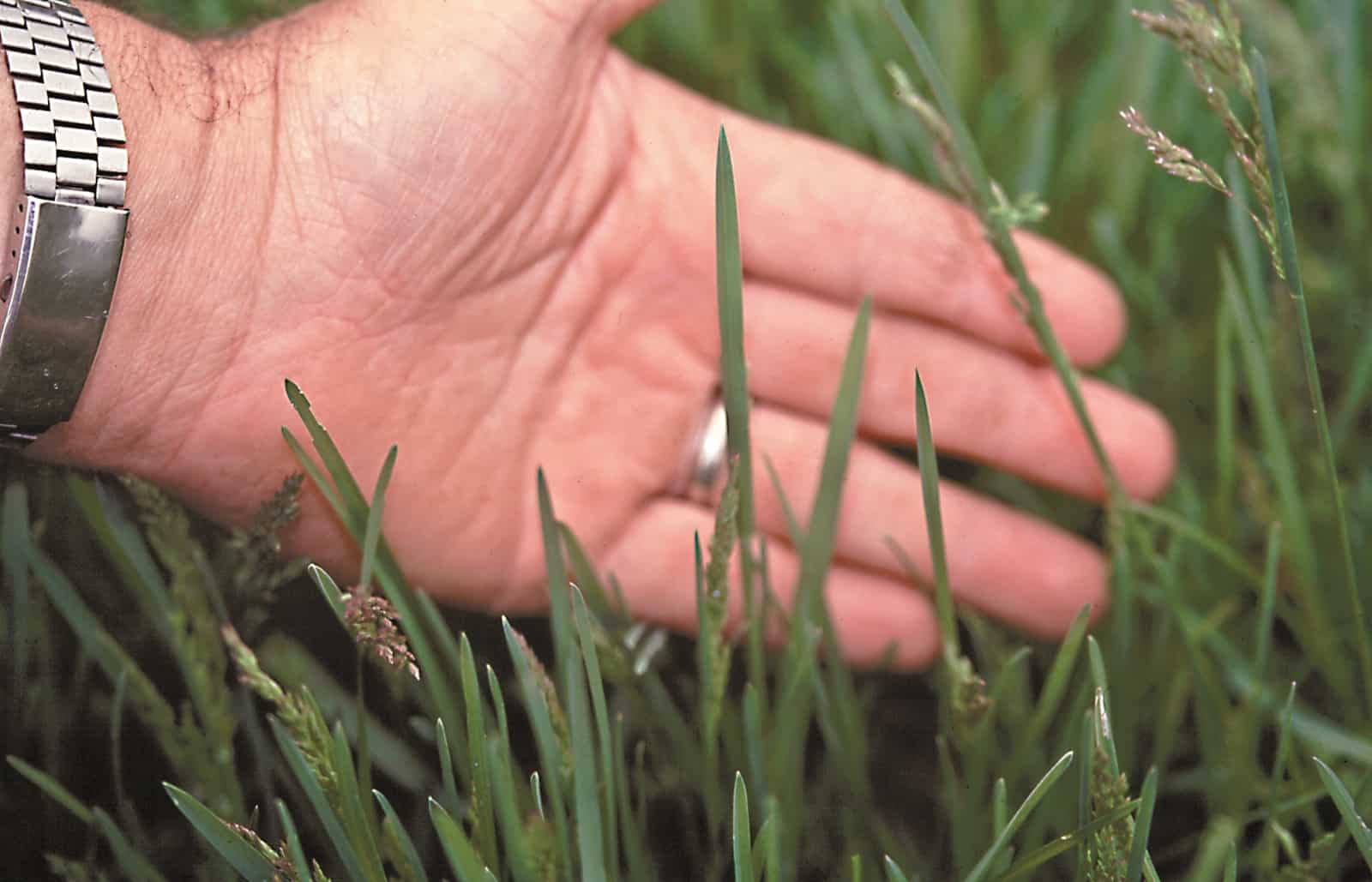
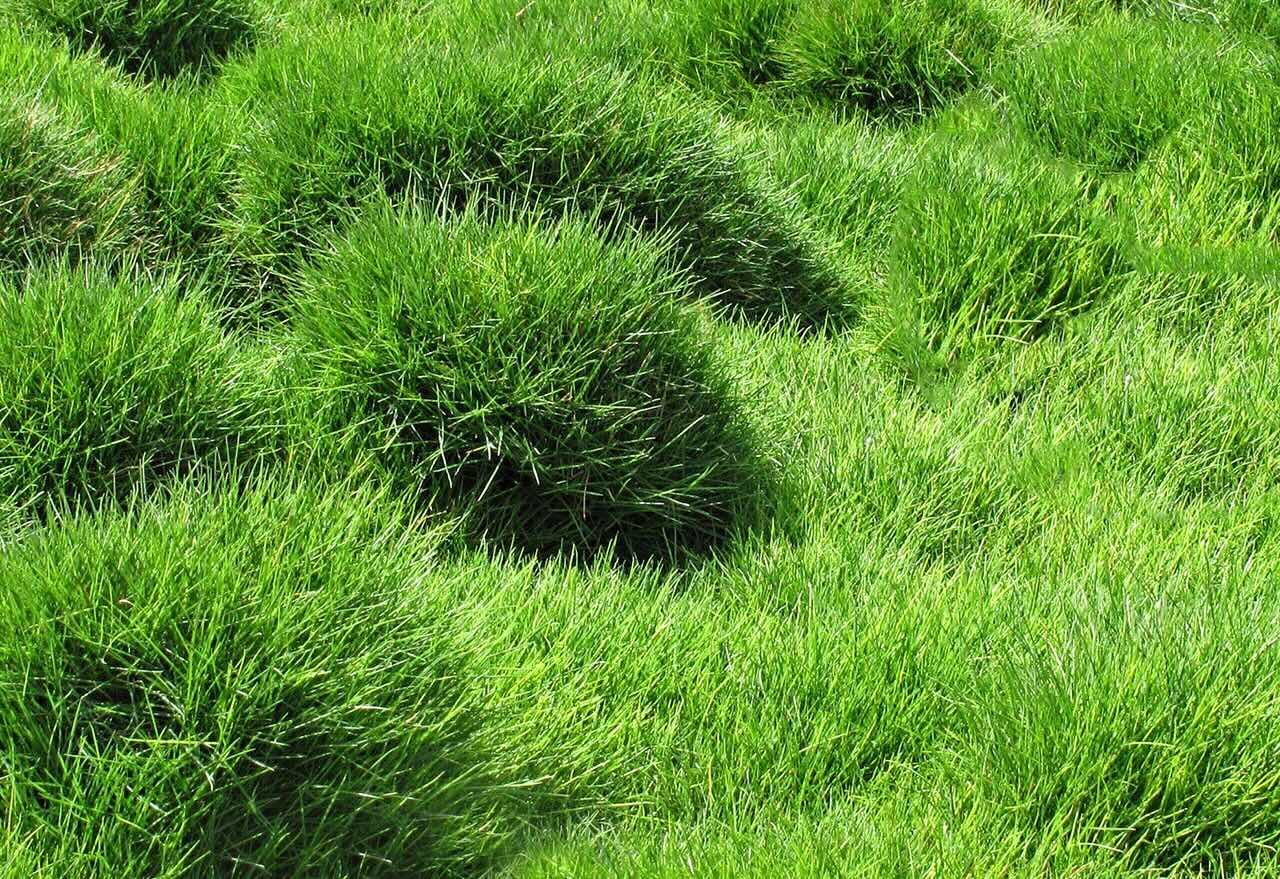
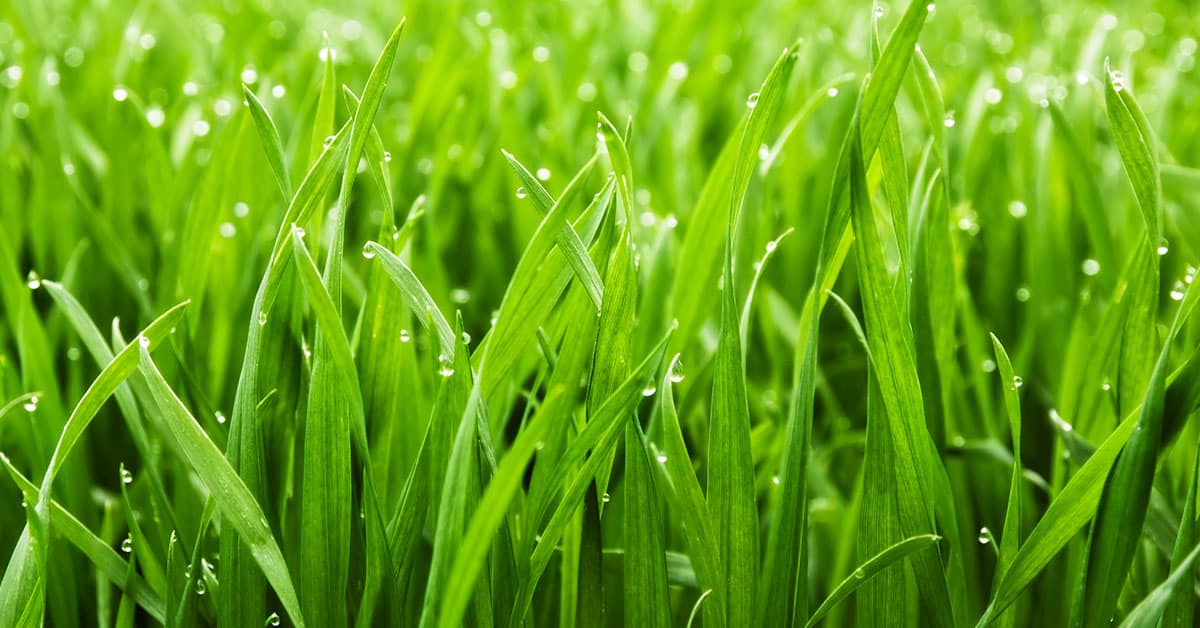
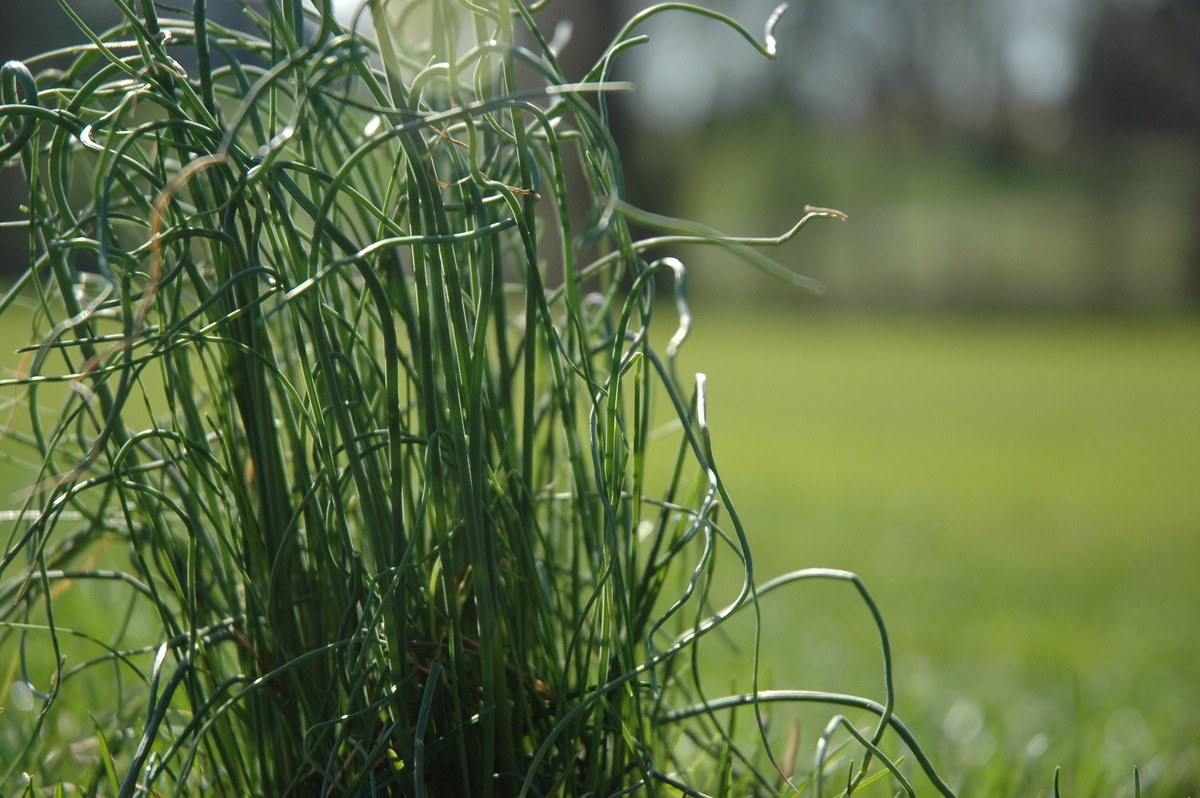

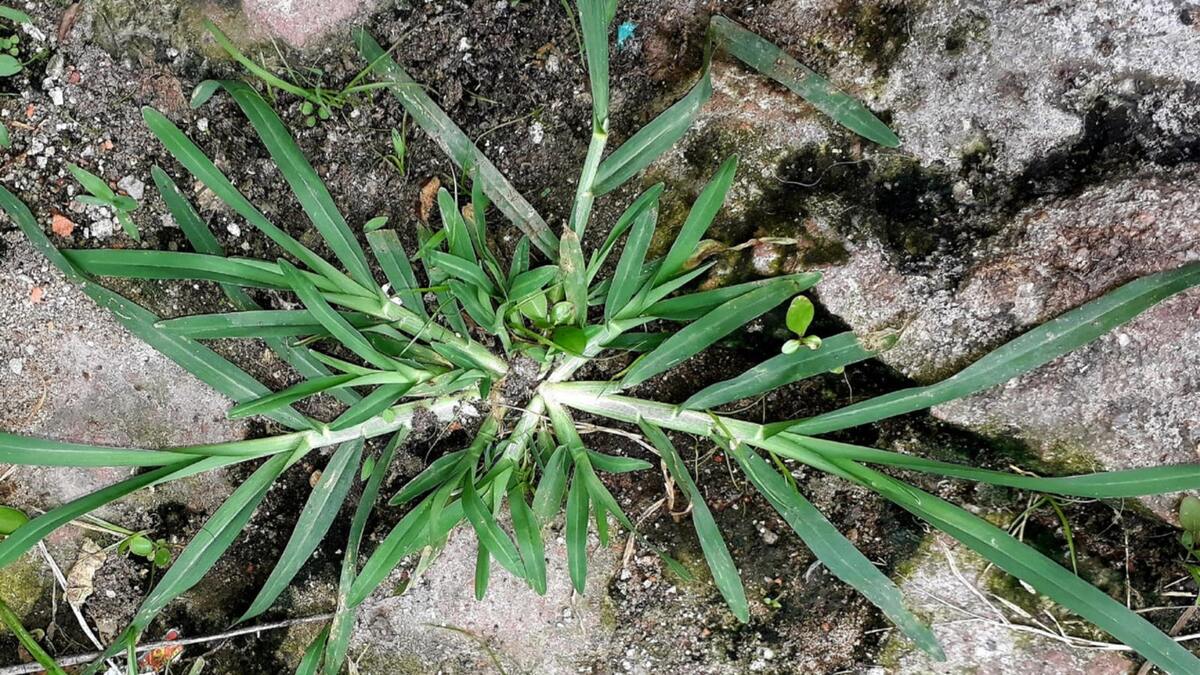
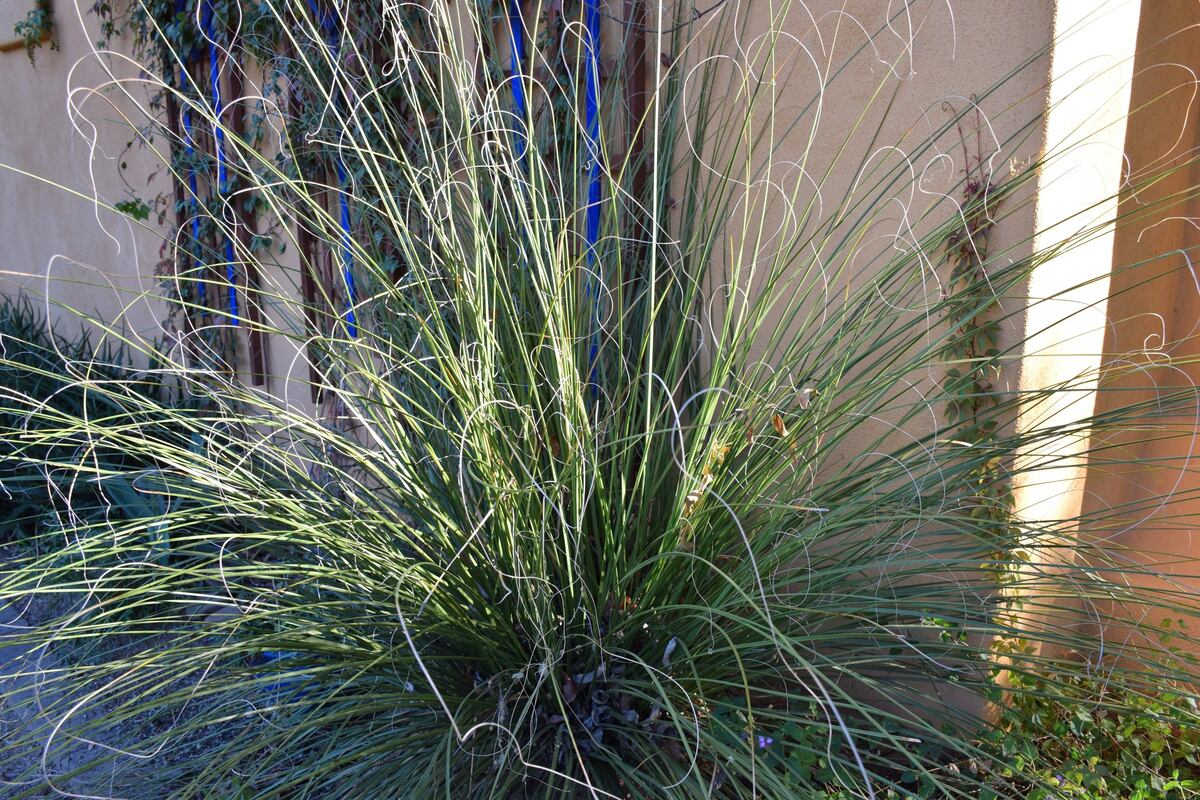
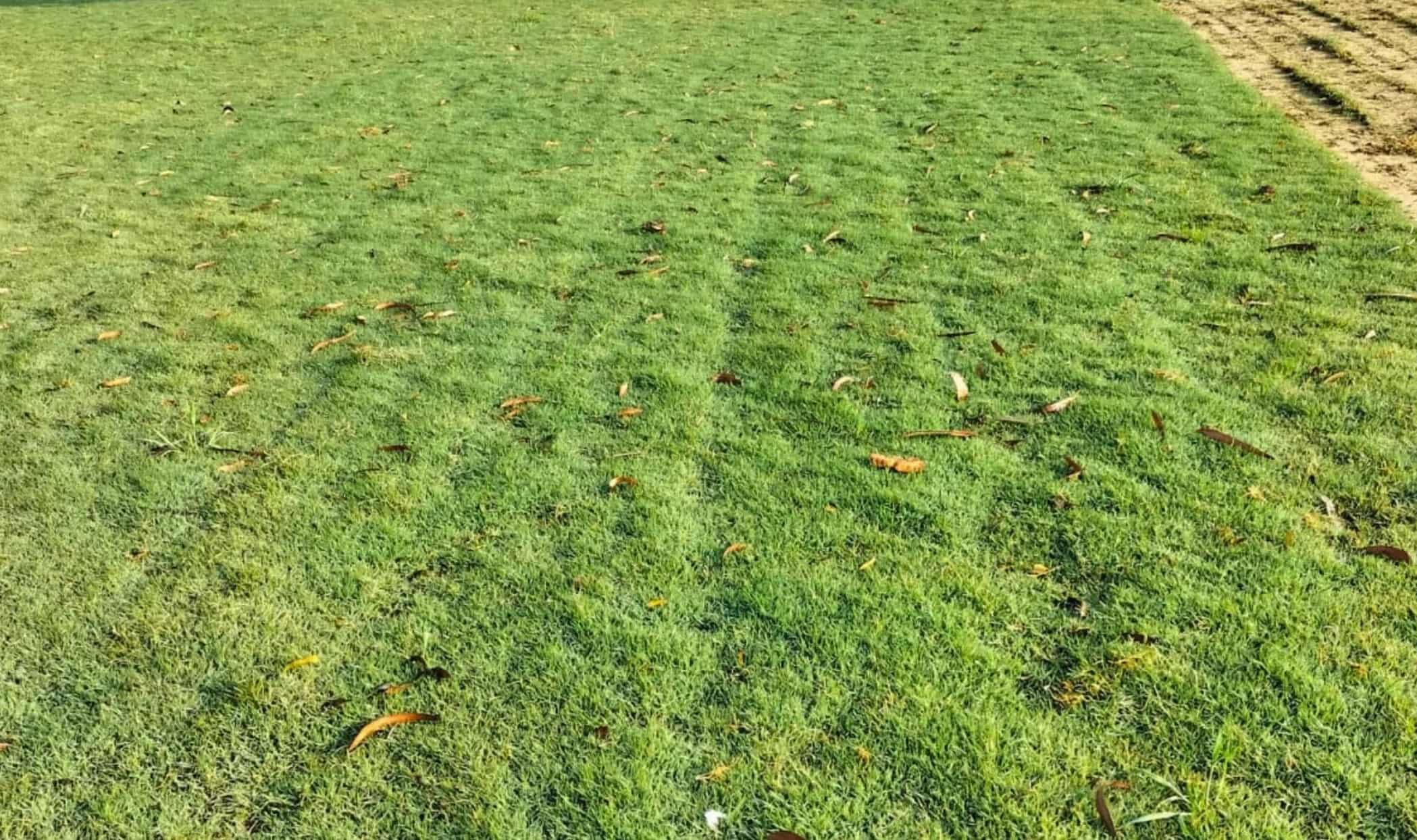
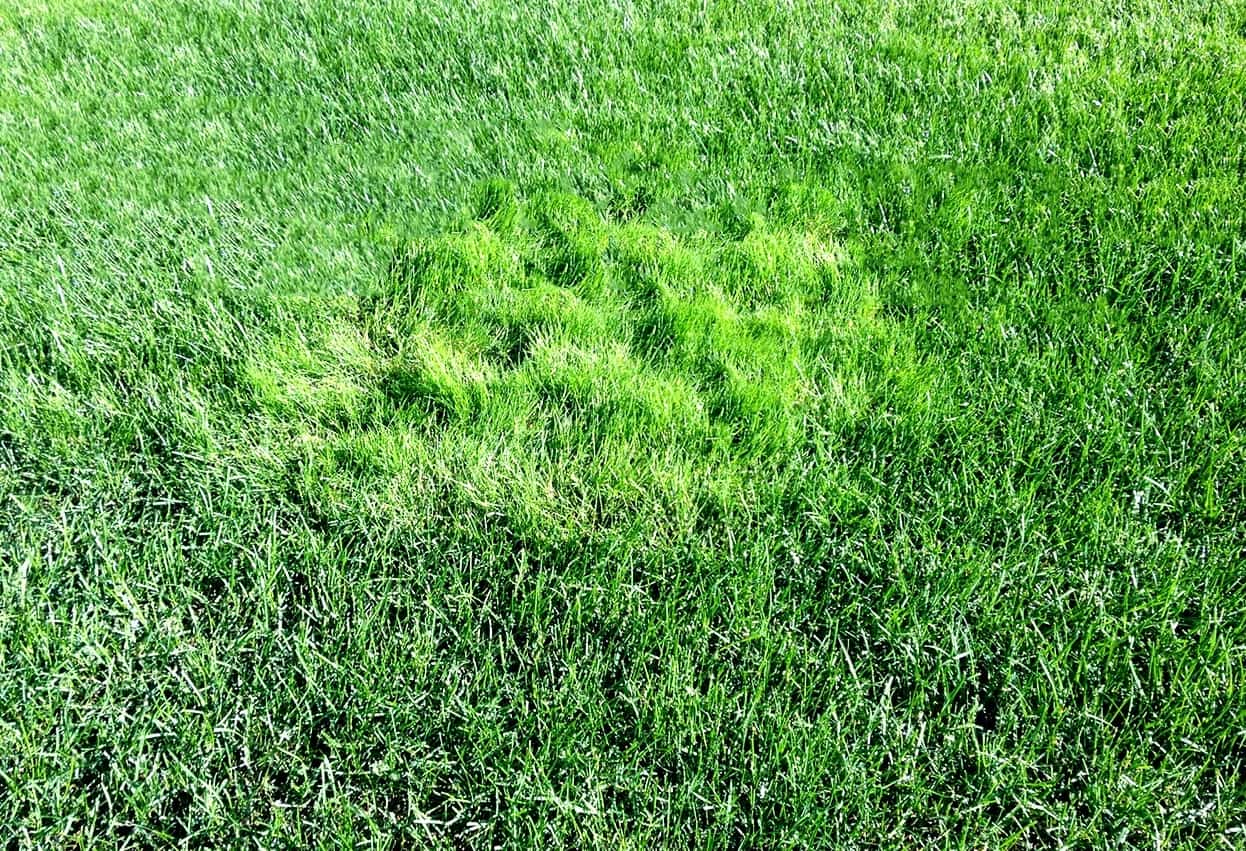
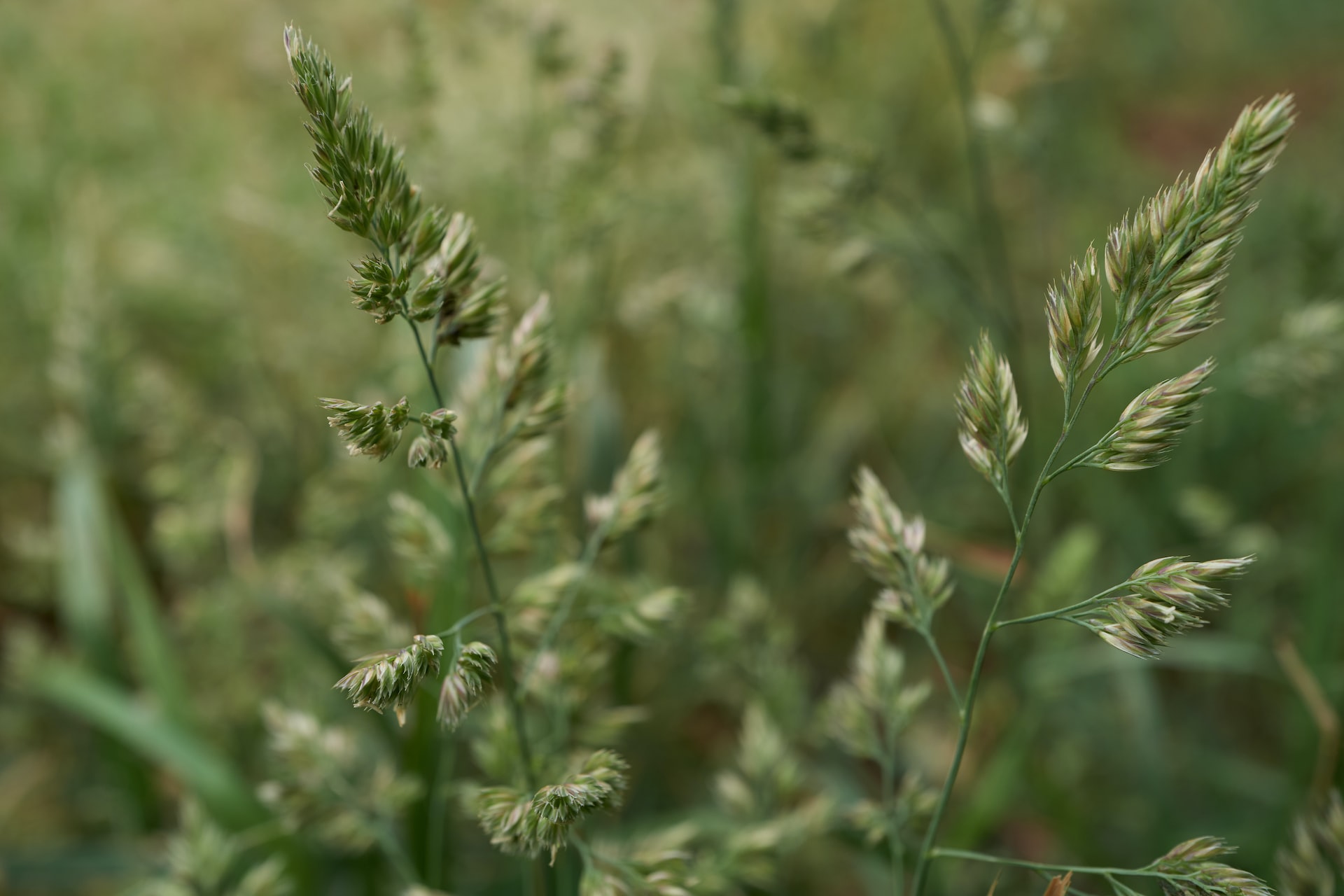
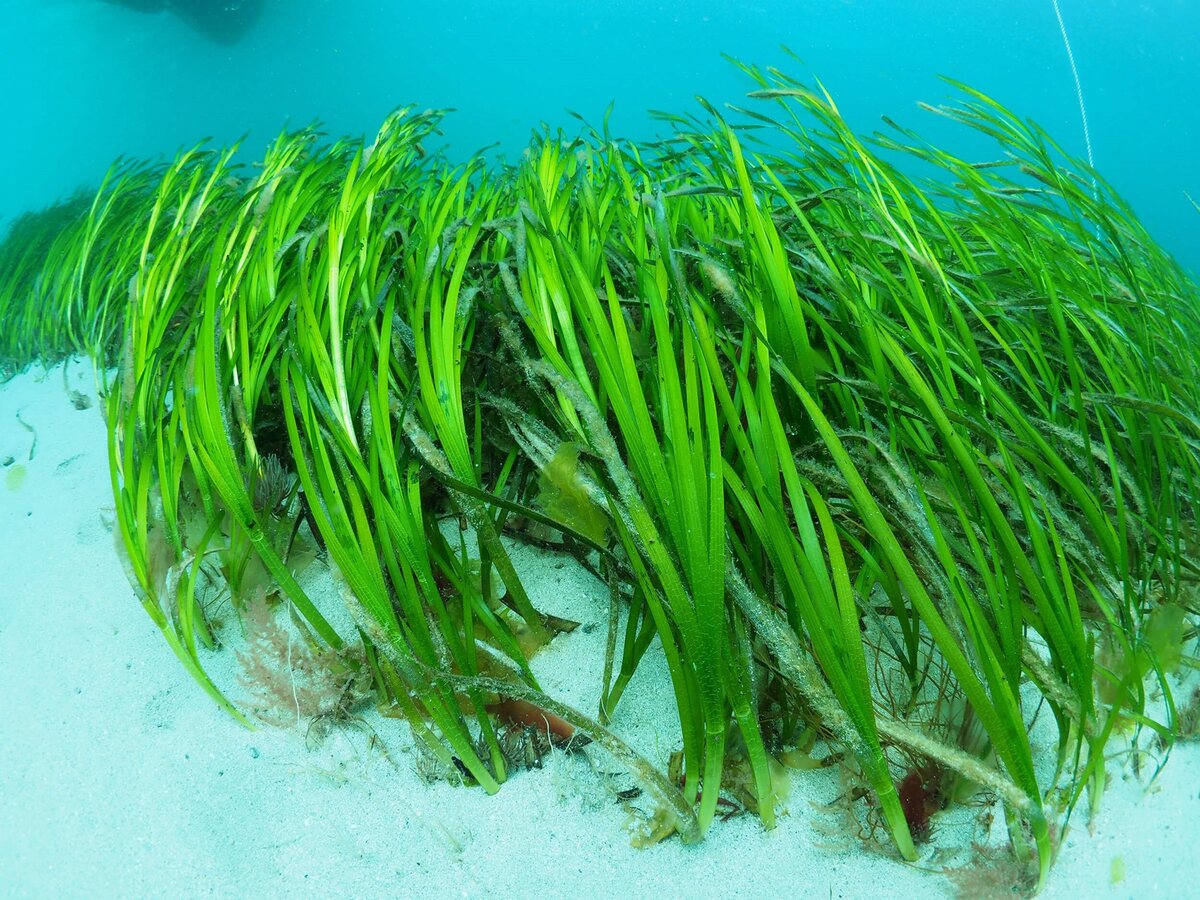


0 thoughts on “What Does Grass Hay Look Like”